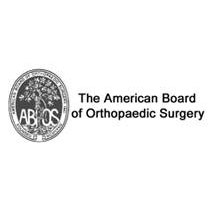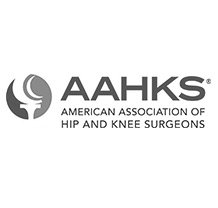Developmental Dysplasia

Developmental dysplasia of the hip (DDH) or Hip dysplasia is a condition which is seen in infants and young children because of developmental problems in the hip joint. The femur (thigh bone) partially or completely slips out of the hip socket causing dislocation at the hip joint. It is most common in first born baby with family history of the disorder. The exact cause for hip dysplasia is not known. Genetic factors play an important role in causing this birth defect. DDH can be mild or severe and can affect one or both hips. It is more common in girls and usually affects the left hip. DDH does not cause any pain and so the condition may not be noticed until the child starts to walk.
The common symptoms of hip dysplasia include:
- Position of the legs may differ (dislocated hip may cause leg on that side to turn outwards)
- Restricted movement on the side of hip dislocation
- The leg may appear shorter on the side where hip is dislocated
- Skin folds of fat on the thigh or buttocks may appear uneven.
In normal hip, the head of the femur (thigh bone) fits well into the socket (acetabulum) whereas in hip dysplasia, the socket and femoral head are not congruent because of their abnormal development. During hip examination, the doctor may also look for the difference in range of motion of the hip, presence of uneven skin folds around the thigh and difference in leg length from side to side. In infants less than 6 months, an ultrasound may be advised to confirm the diagnosis.
The treatment for DDH depends on both the age of the child and severity of the condition. The aim of treatment is to keep the femoral head in good contact with the acetabulum so that the hip can develop normally. A pavlik harness may be used to keep the hip in flexion and abduction may be advised. Only when conventional treatment is not effective, surgery to put the hip back into place may be advised.












